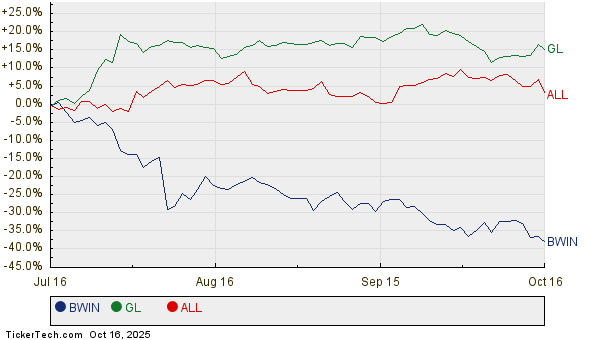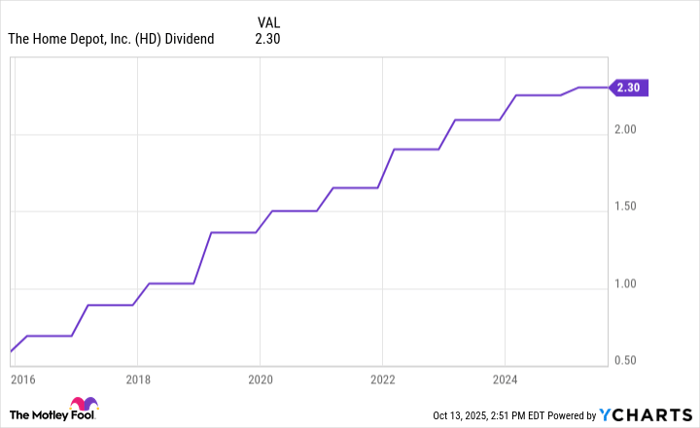Gold Prices Soar: Is $3,000 on the Horizon?
Recent trends show gold prices climbing steadily, recently hitting $2,860 per ounce. This increase is fueled by various factors such as fluctuating U.S. dollar values, economic uncertainty, and heightened interest in safe-haven assets. Trump’s protective trade policies, tariffs, and substantial government spending add to the complexity of this financial landscape. Moreover, ongoing geopolitical tensions and central bank strategies play significant roles in gold’s price fluctuations.
Gold Prices Have Grown 40% in Just One Year
Emerging market central banks, particularly in nations like China, Russia, and Turkey, are actively boosting their gold reserves. This shift is partly driven by worries over possible sanctions and a desire to lessen dependence on the U.S. dollar. In 2024, the Federal Reserve enacted several interest rate cuts, with more expected in 2025. These lower rates make gold more appealing for investors, as they reduce the opportunity cost of holding the metal. Furthermore, the increasing application of gold in AI technologies and electronics—such as GPUs and motherboards—has further spiked demand. Data centers that focus on AI require substantial gold for their components, adding to this trend.
Will Gold Prices Reach $3,000?
Analysts are now forecasting that gold could hit or exceed $3,000 per ounce by 2025. Should Trump secure a second term, his expected market disruptions might contribute to price inflation. His economic proposals, including tax reductions and increased tariffs, could foster inflationary growth and widen national deficits—conditions that typically boost gold prices. Additionally, a pivot by the Fed towards further interest rate reductions could weaken the dollar, enhancing gold’s status as a hedge against currency devaluation. Persistent inflationary pressures and a rising national debt add to this narrative. The World Gold Council suggests that elevated government spending, increased deficits, and growing debt levels are driving many investors toward gold as a safe haven. Central banks worldwide are also significantly increasing their gold purchases, which is further supporting market demand.
While we previously mentioned the potential for gold prices to decline by 30%, it’s essential to recognize that these fluctuations are not definitive. Short-term corrections are possible. Nevertheless, amid various macroeconomic and geopolitical uncertainties, many investors continue to view gold as a solid investment option for risk management.
Invest with Trefis Market-Beating Portfolios
See all Trefis Price Estimates
The views and opinions expressed herein are the views and opinions of the author and do not necessarily reflect those of Nasdaq, Inc.






